Market Share
US Allergic Conjunctivitis Market Share Analysis
In the highly competitive landscape of the US allergic conjunctivitis market, companies employ various market share positioning strategies to gain a stronghold in the industry. One prevalent approach is product differentiation, where companies focus on creating unique offerings that set them apart from competitors. This could involve developing innovative formulations, incorporating advanced technologies, or introducing convenient dosage forms. By doing so, companies aim to capture the attention of both healthcare professionals and consumers, establishing a distinct market presence. Specifically, pricing decisions constitute crucial elements when it comes to your ability to achieve a competitive position in the market. Some organizations though prefers to employ a price penetration strategy that incorporates lower price setting in the initial stage for all the purposes of quick market share gain. This strategy can in fact be successful in capturing price-sensitive consumers and increasing the reach beyond customers that are tight on a budget. However, the companies with those high-end products may opt for premium tactics, that imply high quality or efficacy of those goods. And such corporations will certainly aim at those consumers who have a refined taste and are ready to pay an extra amount for their understanding of worth. With regard to market share places, distribution channels are the next major decision making factor. Pharmaceutical companies use strategic realignments with pharmacies, healthcare providers and online platforms to have their products easily reached out to the consumers. An inclusive approach to foster links with these channels will not only undertake to overcome visibility constraints but also duly emphasize a well-established pathway that does not only generate but also maintains customer satisfaction. Furthermore, organizations frequently allocate marketing budgets and apply different marketing and promotional activities to make consumers aware of their products and services and change their mindsets, thus support further market share. The cooperation along with the experts is being appreciated more as a market share positioning measure. Firms can strike joint venture deals with research labs, hospital networks or others clients to access their intellectual property power, software, networks for data, and computing resources. Collaborations of this kind have fostered the birth of innovative goods/services or the improvement of the existing ones and might produce an advantage over other companies in the market of allergic conjunctivitis. What is more, these vehicles of collaboration help firms to slip into new markets and enlarge their basket of goods.
Customer-centric approaches are crucial for maintaining and expanding market share. Companies that prioritize customer satisfaction through excellent customer service, user-friendly packaging, and informative educational materials stand a better chance of retaining existing customers and attracting new ones. Building a loyal customer base not only secures market share but also serves as a foundation for sustainable growth.

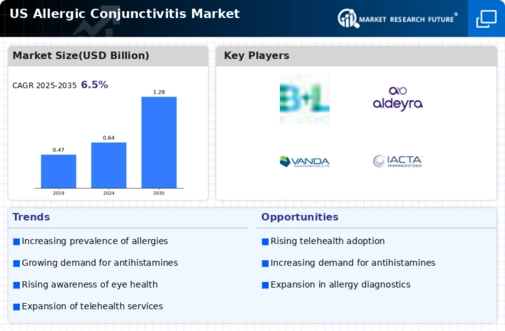
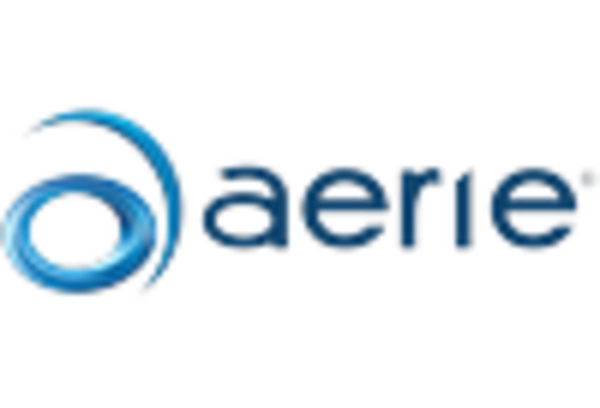
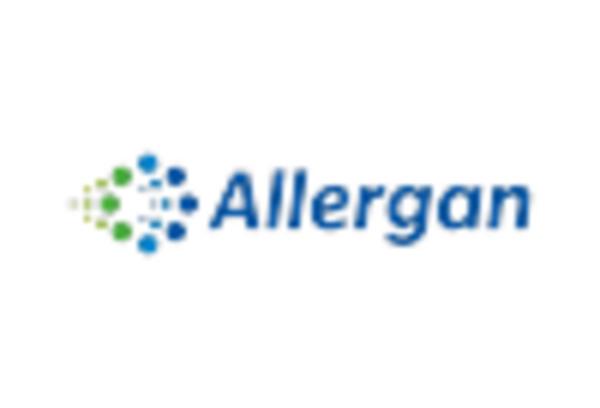
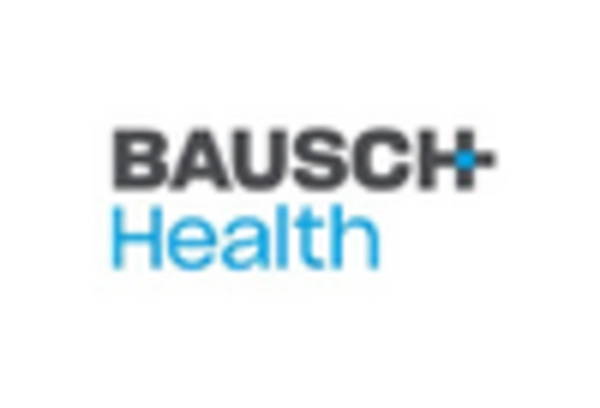

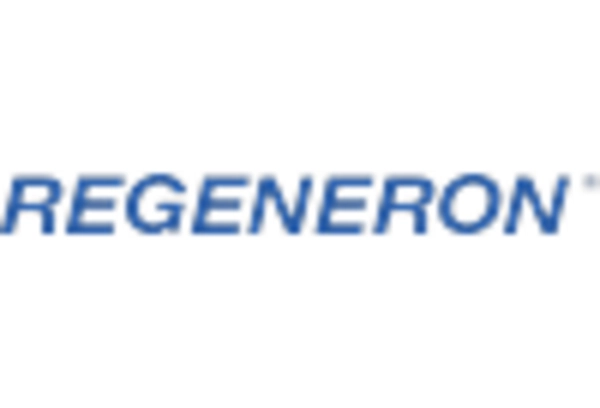
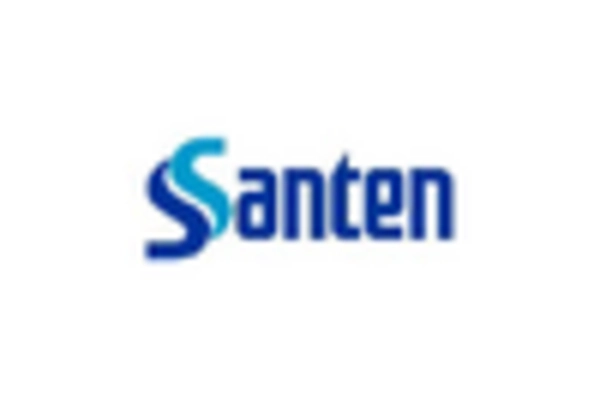

Leave a Comment